16+ Sample Snow Removal Contract
-
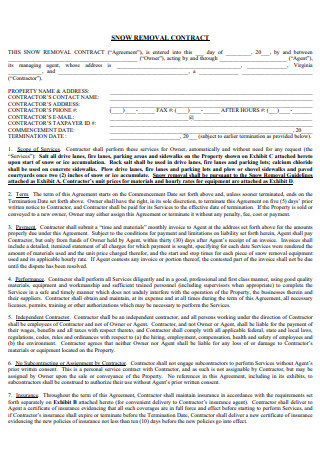
Snow Removal Contract Template
download now -
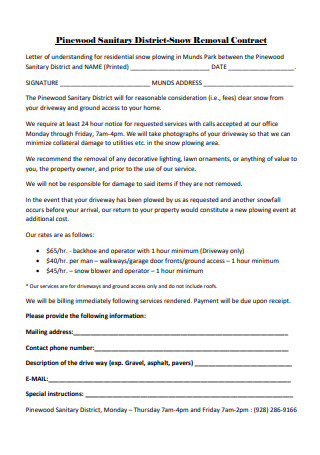
Basic Snow Removal Contract
download now -
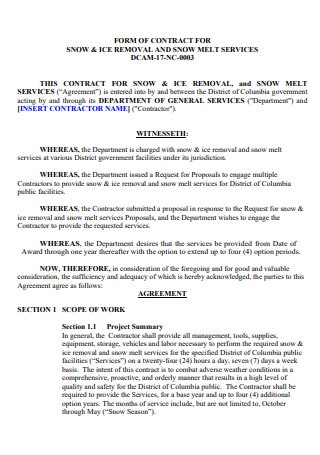
Snow and Ice Removal Contract
download now -
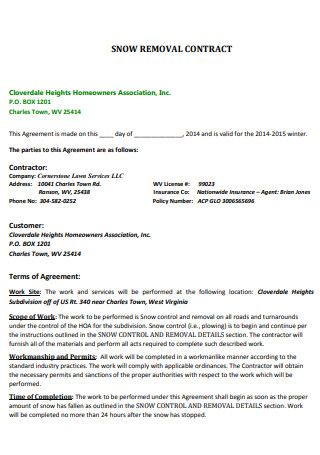
Snow Removal Contract Example
download now -
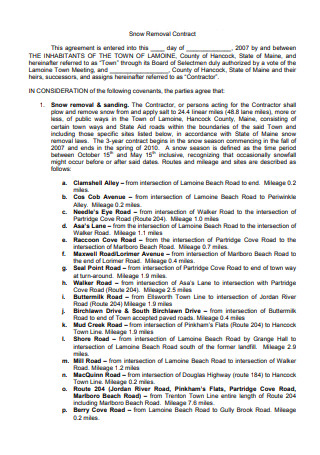
Printable Snow Removal Contract
download now -
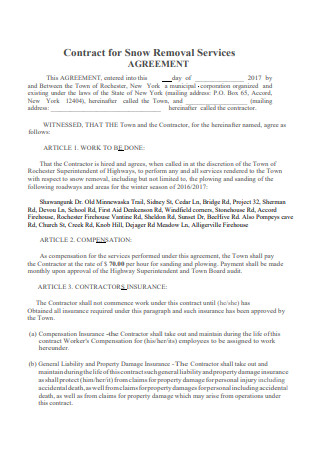
Snow Removal Services Agreement Contract
download now -

Snow Removal Seasonal Contract
download now -
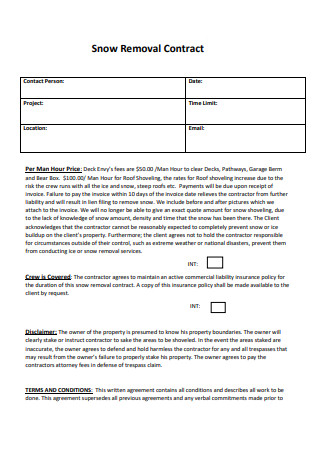
Simple Snow Removal Contract
download now -
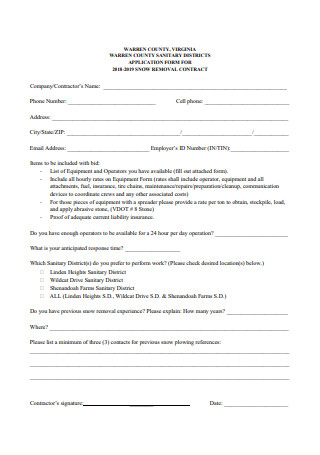
Snow Removal Contract in PDF
download now -
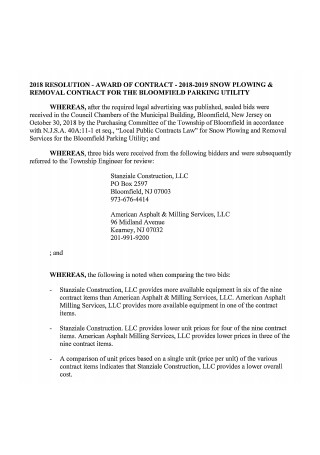
Standard Snow Removal Contract
download now -
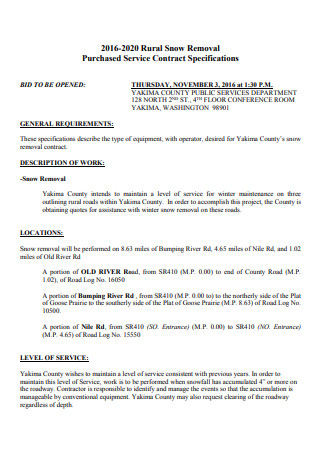
Snow Removal Purchased Service Contract
download now -
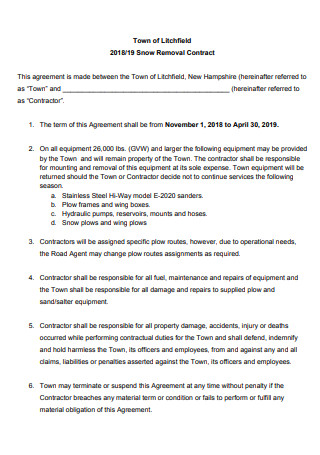
Formal Snow Removal Contract
download now -
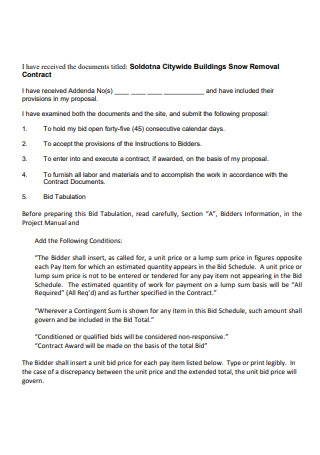
Building Snow Removal Contract
download now -
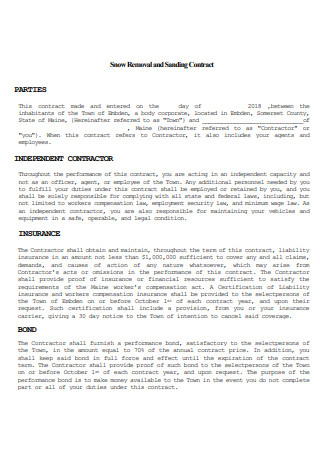
Snow Removal and Sanding Contract
download now -
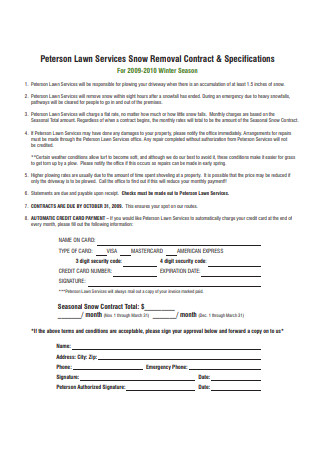
Lawn Services Snow Removal Contract
download now -
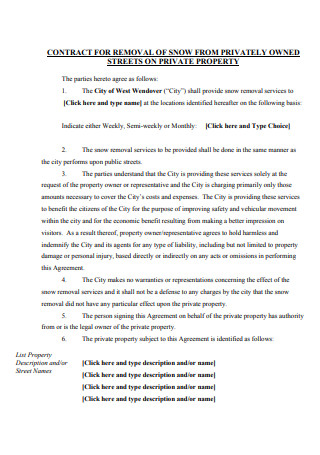
Sample Snow Removal Contract
download now -
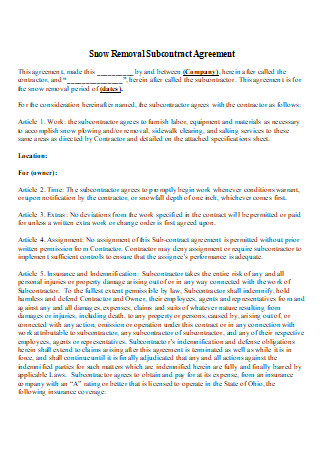
Snow Removal Subcontract Agreement
download now
FREE Snow Removal Contract s to Download
16+ Sample Snow Removal Contract
What Is a Snow Removal Contract?
Snow Removal Contract: Terms To Know
Types of Snow Removal Contracts
Components of a Snow Removal Contract
How To Secure Snow Removal Contracts For Your Business
FAQs
What are the necessary inclusions of a snow removal contract?
What is a reasonable price for performing snow removal?
Should you put down salt before snowing?
During the winter season, snow falls relentlessly for hours and days. There are instances when travel can become dangerous due to the thickness of snow in residential and business areas across regions. Utilizing a snow removal contract for business or personal use becomes prevalent. What is a snow removal contract, and what benefits does it give to the individual? Continue reading the article and learn more about the document, including its definition, components, and construction. It also answers several frequently asked questions relating to this kind of contract.
What Is a Snow Removal Contract?
A snow removal contract is a legally binding agreement between a client and contractor for the chief purpose of removing snow and ice from a property in exchange for monetary payment. The agreement can be for commercial or residential use, with the contractor committing to fulfill and perform the services within the contract. Some snow removal contracts are retroactive, and the companies delivering these services come immediately after snowstorms or upon a scheduled appointment or request of a client. Most snow removal contracts pay contractors on a per-job basis. These payments are consistent and equate to the same amount, no matter the amount of snowfall or snow removal on a property.
According to the United States Environmental Protection Agency (APA) and their segment for Climate Change Indicators for Snowfall, including data on snowfall from 1930 to 2007 from 419 weather stations across the country. The total snowfall shows a decline in various parts of the country from observations starting 1930, with 57 percent of stations showing decay in snowfall. From the data, the average change of snowfall shows a decrease of 0.19 percent annually.
Snow Removal Contract: Terms To Know
In every contract, the use of unique language is rampant, depending on the purpose of the engagement. A snow removal contract has terms, especially services that need definitions to support them. To get a grasp of the contract jargon, you must learn to distinguish between deceptive agreements. Below are examples of basic snow removal contract terms and conditions.
Types of Snow Removal Contracts
There are various types of snow removal contracts for personal or commercial use. Knowing the different kinds puts you at an advantage of negotiating the terms to best suit the purpose of the arrangement. The list below details the types of snow removal contracts for commercial establishments during the snowy season.
Components of a Snow Removal Contract
Snow removal contracts come in different types but offer similar services. The snow removal contract is an essential document for commercial establishments that experience extreme snowfalls. While the purpose of the arrangement is to remove snow problems, save time and money, you must have a clear idea of the contract content. Below are the essential components of a snow removal contract.
How To Secure Snow Removal Contracts For Your Business
Most snow removal contracts are popular in commercial establishments and homeowners associations. It’s easier to create deals with businesses as they cater to the public. When securing deals with HOAs and companies, these steps help get approval for snow removal contracts.
Step 1: Know the Gatekeepers of the Location
It is crucial to get information about the individual making decisions for a particular property. Since the client list of snow removal contracts focuses on commercial establishments and HOAs, think about targeting property managers, board members, and realtors. Establishing a network with these individuals beforehand secures their businesses. Research on their needs and make sure you are aware of these needs to address them accordingly in your presentation.
Step 2: Market Your Services in Packages
Convenience is a factor that influences an individual into making purchases. Demonstrate that your snow removing services are effective and convenient to make daily operations and activities convenient. Give your prospect customers multiple options and selections of availing company services that suit their needs. Think of a unique way to market services in bundles to make them more attractive to consumers.
Step 3: Utilize Professionally Crafted Snow Removal Contracts
Present the company in a professional light by creating a professional contract. Make sure to use language that is clear and understandable to your clients. Prevent from making assumptions that the customer understands business jargon. Indicate all essential information to the contract include performed services, site plans, and push maps for the properties. Inserting all terms and conditions into the contract lessens lingering questions by presenting every detail.
Step 4: Take Necessary Actions To Initiate Contract Renewals
Aside from gaining more clients, it is also advisable to focus on pre-existing contracts with loyal customers. There is no guarantee that old clients will renew their contracts. Focusing on contacting them and asking for renewals is a way to show that you care about all your clients. Create a sales pitch about getting discounts and other benefits when they renew their contracts early. Explain that renewing earlier secures the best spot when availing services.
FAQs
What are the necessary inclusions of a snow removal contract?
Comprehensive snow removal or snow plowing contracts provide information regarding service inclusions, payment structures, performance standards, work conditions, and insurance coverage. It also details the scope of work, including services like sanding, salting, pre-curing, plowing, and removal. The equipment type and crew members must also be present in the contract.
What is a reasonable price for performing snow removal?
According to the website Home Adviser, the average price for removing snow from residential areas costs 113 US Dollars, with a range between 48 to 179 US Dollars. Larger establishments with longer drives, sidewalks, and roofing, costs more than 400 US Dollars. Hiring an individual for plowing services costs 30 to 50 US Dollars per visit while shoveling and blowing reach 25 to 75 US Dollars per hour. Most snow contracting companies charge 250 to 500 US Dollars for roof clearing services.
Should you put down salt before snowing?
Salts help keep the walkway or driveway from being too slippery during snow days. There are many factors when it comes to placing salt over various areas of the property. The application of rock salt happens before the snow falls, preventing snow to stick on surfaces. The type of snow also affects when and what kind of salt is best for the situation. Another factor that impacts whether to use salt is the surface area.
Snow is a natural phenomenon that people look forward to in the winter season. However, there are instances of unnatural increases in snowfall that can be harmful to people and businesses. In these situations, residential and commercial owners must reach out to companies or individuals for snow removal services. Make the arrangement official by utilizing a snow removal contract. The article contains some snow removal contract samples that you can use to avail or sell services for snow removal.
